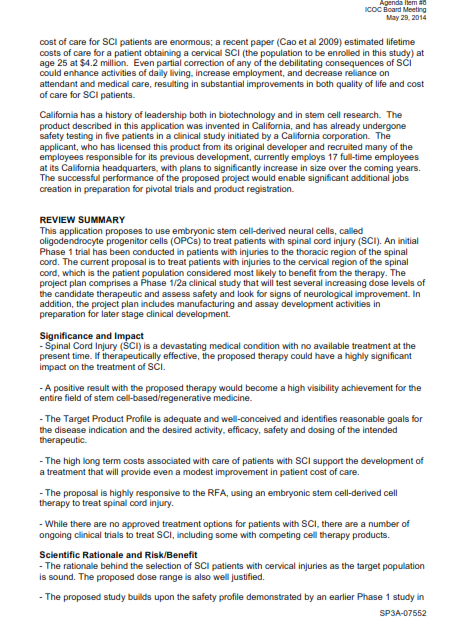The University of California at San Diego is emerging as a suitor for The
Scripps Research Institute as its top faculty say a merger with USC would “destroy”
much of the institute.
According to an article by Bradley Fikes and Gary Robbins of
the San Diego U-T, the only major daily newspaper in the area, the chancellor
of UC San Diego thinks an arrangement with Scripps is worth exploring.
Both institutions are located near each other in the La
Jolla area north of the City of San Diego proper. USC(the University of Southern California) is about 130 miles farther north in central Los Angeles. All three are biomedical research powerhouses.
 |
| Pradeep Khosla (left) and David Brenner, dean of the UC San Diego Medical School and a member of the state stem cell agency governing board. UCSD photo |
Fikes and Robbins wrote,
“UC San Diego Chancellor Pradeep Khosla said in an interview: 'I would certainly listen' if the institute proposed a merger or some other alliance. 'I would talk to my colleagues, talk to my faculty, talk to my regents. ... There’s enough in there for me to say, ‘We need to talk a bit more.’”
His comments came as all of the active faculty chairs at
Scripps delivered a note to the Scripps president and the board chairman
declaring,
“We believe that the proposed path with USC would destroy much of what has been built and what we and others in the community value so much. We understand that institutions like Scripps face serious financial challenges and have to face up to that reality. Under the right terms, and being fully protective of the ‘TSRI Brand’ and culture, merger with USC or another institution could be an option for TSRI. From the information disseminated so far, the terms of the proposed merger with USC are not even close to what it would take to build faculty support.”
The note also said that the faculty was prepared "to make personal
sacrifices to work for and maintain independence.”
The “information” mentioned in the faculty note is not yet
available.
Fikes and Robbins broke the story about a possible hookup
between Scripps and USC. Scripps is wrestling with financial problems. Fikes reported today that Scripps' expansion into Florida is part of its economic travails. USC is better off financially and has its eyes on Scripps' prestigious researchers.
Stem cell research is no minor matter at all three institutions. UC San Diego has received $146 million from the state stem cell agency, USC $105 million and Scripps $45 million. All three have representatives on the agency's governing board.
Stem cell research is no minor matter at all three institutions. UC San Diego has received $146 million from the state stem cell agency, USC $105 million and Scripps $45 million. All three have representatives on the agency's governing board.







